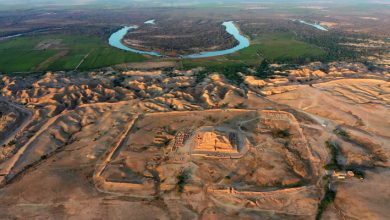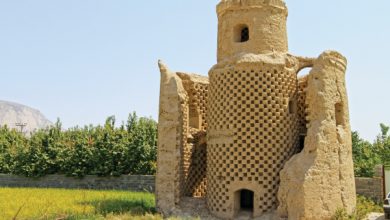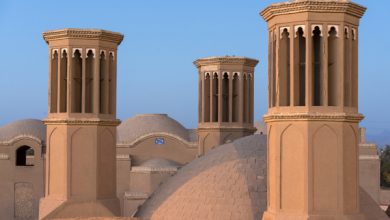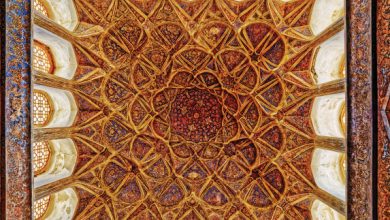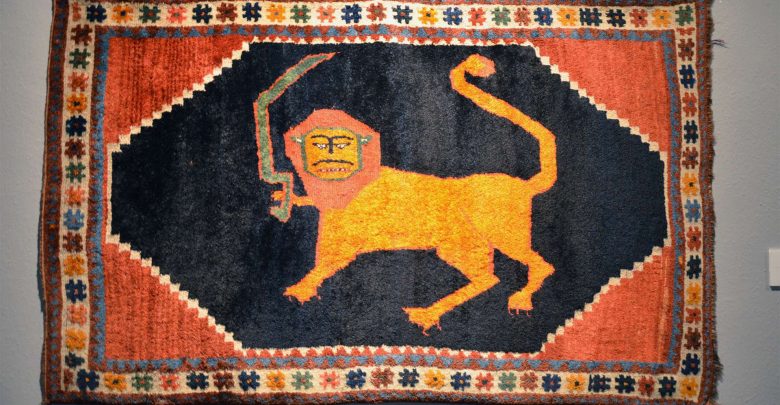
Parviz Tanavoli was born in 1937 in Tehran. He studied sculpture in Iran and Italy and has been living and working in Tehran and Vancouver since 1989. He is a pioneer in modern sculpture and his works are in the permanent collection of The British Museum, Metropolitan Museum in New York, Tehran Museum of Contemporary Arts, Museum of Contemporary Art in Vienna, Tate Modern in London and numerous other galleries around the world. To start working as a sculptor, he was greatly influenced by Persepolis bas-reliefs and also Farhad, a famous character in Persian literature who carved the side of Bisotun Mountain for his beloved Shirin. Soon after, other motifs appeared in his works including the nightingale, the poet, the Persian word “heech” (nothing), the entwined lovers and the lions. But none of them has revealed Tanavoli’s layered personality and cultural valour as the last one: the lions.
The victorious lion, the “king”, the symbol of sun which has existed in Iran for almost 5,000 years before its extinction, has had such a significant role that Iran was known as the country of lions for many years. The lion is also a sign of warmth and deals with the sun and the summer as some representations of the lion are related to the signs of the zodiac. In Mithraism, which is one of the oldest Persian religions, the lion is the fourth grade out of seven grades of initiation and communal rituals of worshipers which is the centre or we could say the most important grade of a quest and spiritual journey.
The rest of this article is published in the 2nd number of Gilgamesh international edition
